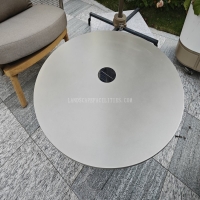Welcome to the website for landscape facilities products and knowledge.
How does the bin’s design accommodate waste collection in areas with limited infrastructure or resources?
In regions with limited infrastructure or resources, traditional waste management systems often fail. However, innovative bin designs are bridging this gap by offering practical, low-cost solutions. These bins prioritize durability, ease of use, and adaptability to challenging environments.
For instance, lightweight yet sturdy materials like recycled plastics reduce costs while ensuring longevity. Some designs incorporate modular stacking, allowing compact storage and transport in tight urban spaces or rural areas. Others feature animal-proof lids or odor-control mechanisms to address hygiene concerns where regular collection isn’t feasible.
In off-grid communities, solar-powered compacting bins extend capacity, reducing collection frequency. Simpler designs, like pedal-operated or hands-free bins, minimize contact and improve sanitation where water is scarce. Additionally, color-coded or labeled bins encourage sorting even in low-literacy areas, fostering recycling habits.
By focusing on affordability, scalability, and local needs, these designs transform waste management in resource-limited settings—proving that smart innovation can thrive where infrastructure falls short.
Related search:

Recommendation
Outdoor stainless steel table with solar-powered ambient lighting feature - excellent design.